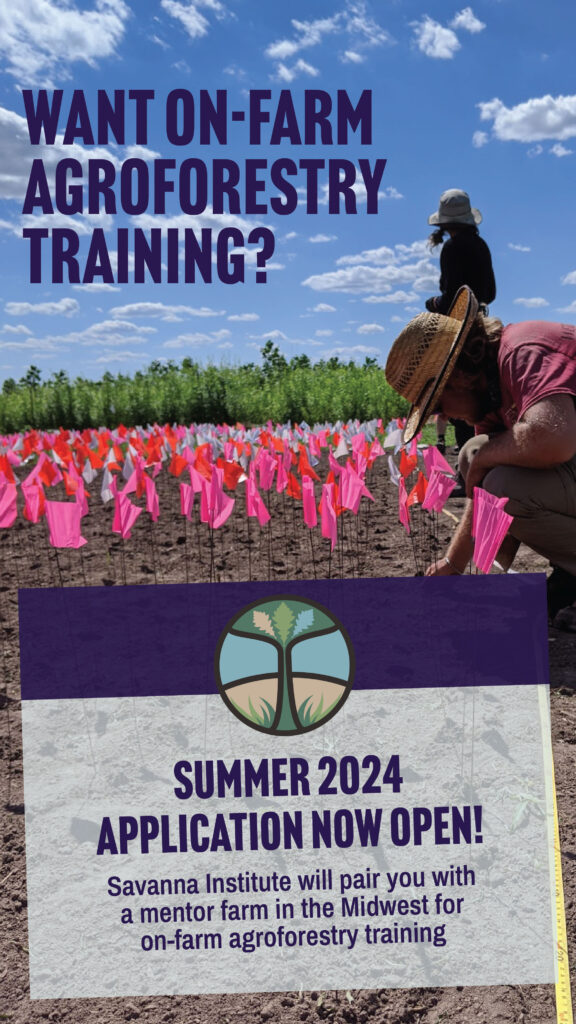
JOIN SESSION
Your Subtitle Goes Here
Meeting ID: 881 4484 3095
Passcode: 012082
Dial by your location
+1 301 715 8592 US (Washington DC)
+1 312 626 6799 US (Chicago)
+1 646 558 8656 US (New York)
+1 253 215 8782 US (Tacoma)
+1 346 248 7799 US (Houston)
+1 669 900 9128 US (San Jose)
BREAKOUT SESSION A
Agroforestry schemes oriented for walnut timber production, some experiences learnt in Spain
Your Subtitle Goes Here
Walnut trees are species of the genus Juglans sp. L., traditionally characterized by their highly valued nuts and timber. During the last decades, many forest plantations oriented for timber production have been established with different walnut species (J. regia, J. nigra and J. x intermedia) in Europe. The communication explores the experiences of the company Bosques Naturales SA regarding different approaches to the management of walnut trees associated to agroforestry systems and how the company transitioned from the “pure” forest plantations established around 20 years ago to the agroforestry management perform nowadays: (1) using sheep as “gardeners” for weed control (walnut silvo-pastoral systems); (2) intercropping maize or wheat within plantation rows (walnut silvo-arable systems); (3) intercropping medicinal and aromatic plants within plantation rows, including hemp. The management experience shows the importance of using clonal plant material for this plantations. To this respect, when the sylvicultural scheme is changed and the tree density is reduced to follow a silvo-arable approach, there is a need of ensuring that, as your plantation has fewer trees, they need to be of much better quality. Hence, the use of clones are highly recommended when walnut are planted under agro-silvo-pastoral approaches. Another important consideration is the balance between agroforestry uses, timber market prices and tree density, especially considering the timber market of small diameter trees (15-25 cm DBH) obtained from thinnings.
Urban-Martínez I, Bosques Naturales
Fernández-Moya J, Bosques Naturales
Alley cropping mitigates the impacts of climate change in a Mediterranean environment. Simulated scenarios for a wheat crop.
Your Subtitle Goes Here
The stability of crop yields is threatened by changing climatic conditions (CC) and the increased occurrence of extreme climatic events worldwide. We used a process based agroforestry model (Hi-sAFe) to study the mitigation potential of an alley cropping system on the physiological stresses experienced by a wheat crop. Three scenarios, representing Past (1951-1990), Present (1991-2030) and Future (2031-2070) were created based on business-as-usual IPCC projections. These were used to drive the growth of durum wheat as cultivated alone (agriculture) and in combination with hybrid walnut (agroforestry). The occurrence of thermal, nitrogen and water stresses, their effects on crop growth and the overall system productivity were assessed. Cold temperatures stresses had modest incidence in Past and almost disappeared over time. Stesses related to water and nitrogen deficiency or excessive temperatures doubled from Past to Future, but were reduced by 20-35% in alleycropping, already with medium sized trees (DBH of about 10-15 cm). Crop yields increased from Past to the end of Present and then remained stable in agriculture, while moderately decreased with tree age in agroforestry (especially in Future). The impact of CC and especially of the most extreme climatic events was efficiently mitigated in agroforestry, suggesting this system as a promising adaptation strategy to enhance crop yield stability in the future.
Francesco Reyes, University of Studies of Basilicata
Additional authors:
Marie Gosme, ABSYS, INRAE, University of Montpellier, France
Kevin J. Wolz, Savanna Institute
Isabelle Lecomte, University of Montpellier, France
Christian Dupraz, University of Montpellier, France
Trees, grass, and grain: Partnering to tell the story of perennial agriculture
Your Subtitle Goes Here
Perennial crops in diverse cropping systems are the keystone of a genuinely regenerative agriculture – they have an unparalleled ability to provide both high levels of ecosystem services and abundant food for humanity. Three major communities make up the growing perennial agriculture movement: agroforestry, permanent pasture & grazing lands, and perennial grains. Each of these platforms has a crucial role to play in an overall perennial ag portfolio that can start making a positive impact for soil, water, and climate now while continuing to scale that impact up into the future. But despite the promise of perennials, annual crops continue to dominate the landscape and the conversation, while farmers, researchers, policymakers, and funders aligned with each perennial crop community too often find themselves advocating for their own crop in isolation. Are we leaving opportunities for synergy on the table? This talk will discuss how the complementary strengths and weaknesses of perennial forages, perennial grains, and agroforestry form a perennial portfolio that is greater than the sum of its parts; how we can work together to communicate the unique power of perennials to provide for ecosystems and all those who inhabit them – and how we can accelerate the transition to a truly perennial agriculture.
Fred Ituzi, Partnership for a Perennial Agriculture
Experiments to inform Mixed-Species tree planting in Agroforestry
Your Subtitle Goes Here
Innovative experiments can offer visual and analytical benefits for informing agroforestry plantings. Several of these experiments are illustrated and reviewed to highlight their advantages and limitations, with a focus on practical inferences for agroforestry planning. This review highlights practical aspects useful for demonstration plantings rather than theoretical statistical aspects.
Jerry Vanclay, Southern Cross University, Australia
sponsored by


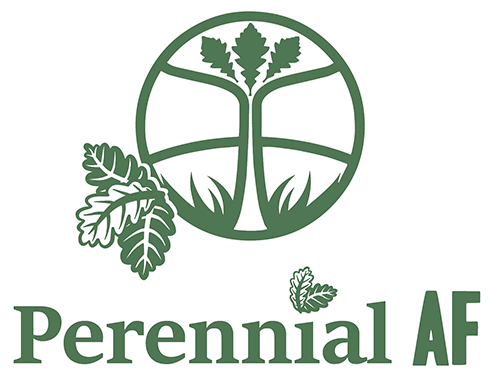


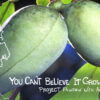 🔊 “You Can’t Believe It Grows Here” – Project Pawpaw with Adam D’Angelo
🔊 “You Can’t Believe It Grows Here” – Project Pawpaw with Adam D’Angelo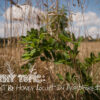 🔊 A Thorny Topic: Black Locust and Honey Locust for Agroforestry
🔊 A Thorny Topic: Black Locust and Honey Locust for Agroforestry 🔊 “Spreadsheets on the Radio” – Farm Viability and the Fruit & Nut Compass with John Hendrickson
🔊 “Spreadsheets on the Radio” – Farm Viability and the Fruit & Nut Compass with John Hendrickson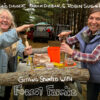 🔊 Getting Started with Forest Farming – Ingrid Daudert, Karam Sheban, and Robin Suggs
🔊 Getting Started with Forest Farming – Ingrid Daudert, Karam Sheban, and Robin Suggs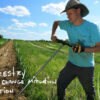 🔊 Agroforestry for Climate Change Mitigation and Adaptation – with Nate Lawrence and Monika Shea
🔊 Agroforestry for Climate Change Mitigation and Adaptation – with Nate Lawrence and Monika Shea